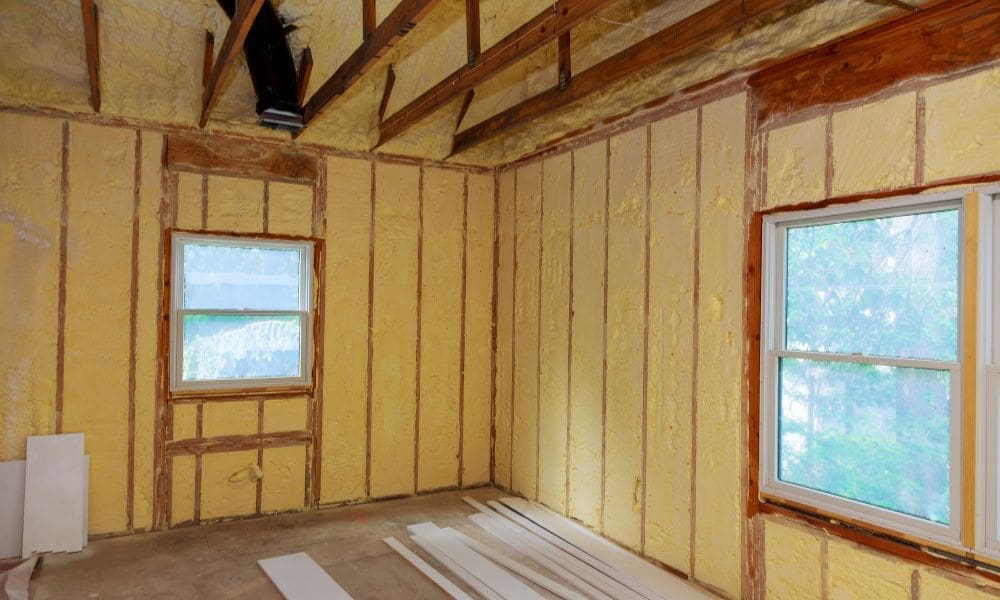The right insulation makes all the difference. For many homeowners, the choice often boils down to two popular options: spray foam and fiberglass insulation. Understanding their differences can help you make an informed decision for your home’s comfort and energy-efficiency needs. Continue reading to compare spray foam and fiberglass insulation.
The Basics of Spray Foam and Fiberglass
Spray foam insulation is an insulation that mixes isocyanate and polyol resin. These materials react and expand to fill the gaps and insulate your home. You should only use a professional to install spray foam. It’s suitable for both new-home construction and existing structures.
On the other hand, fiberglass insulation consists of molten glass spun or blown into fibers and processed with binders. It’s one of the most commonly used insulation materials, and you can purchase it in batt, roll, and loose-fill applications.
Key Features and Benefits
Spray foam has a high R-value—a measure of insulation’s ability to resist heat flow. It acts as an air barrier, which can add structural integrity and help seal gaps that might otherwise allow air to escape. On the other hand, fiberglass insulation is a cost-effective option with a good R-value, especially when installed properly, for minimizing gaps and compression.
Comparing the Costs and Installation Process
The cost of insulation can be a significant factor. Spray foam insulation generally requires professional installation and can be more expensive upfront but can provide long-term energy savings. Fiberglass is relatively more affordable, so you can install it with a DIY project, further reducing costs.
R-Value
R-value is crucial in understanding energy efficiency. Higher R-values indicate better insulation. Spray foam generally has a higher R-value than fiberglass of the same thickness, providing better thermal performance.
Environmental Consideration
Fiberglass is more environmentally friendly due to its lower ecological footprint during manufacturing and easier disposal. However, the enhanced energy savings provided by spray foam can contribute to a reduced overall carbon footprint by conserving energy in the long run.
Considering Your Home and Climate
Tailor the insulation type to your home’s construction and your climate. Spray foam, with its versatility and moisture resistance, works well in areas prone to extreme temperatures and humidity. Fiberglass insulation, when installed properly, can also perform well in various climates and possesses fire-resistant properties.
Talk with a local residential insulation contractor to discuss your climate and home. They’ll provide an expert opinion and knowledge to help you decide.
Your insulation choice can impact your home’s energy bills and your family’s comfort. It’s a decision that warrants careful consideration. Understanding the differences between spray foam and fiberglass is a great starting point. Your home is unique, and so are your insulation needs. Make the choice that provides the best long-term fit for your comfort, your wallet, and the environment.



